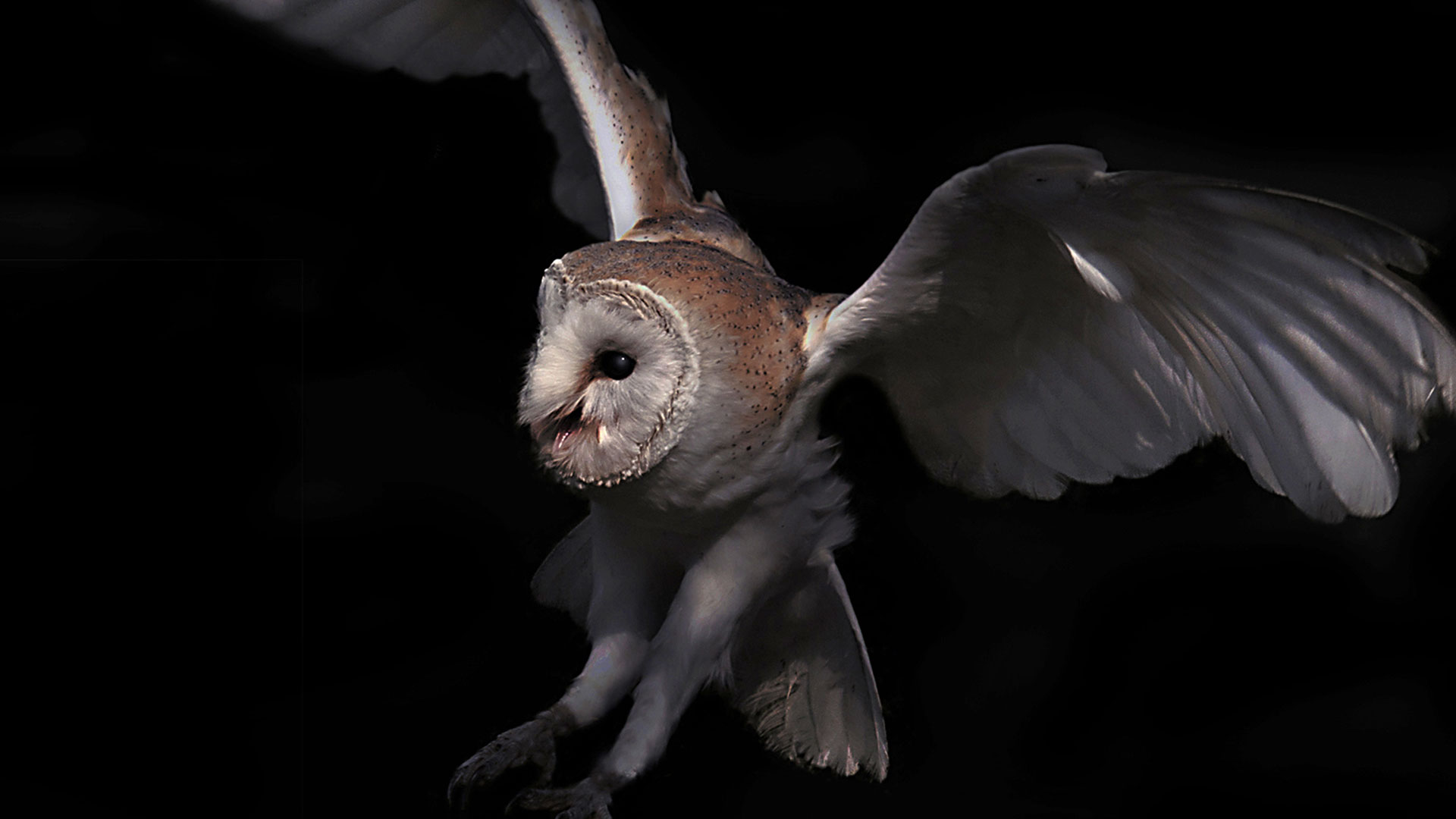The Carneddau has a fascinating history, rich in ancient stories and chwedlau (fairytales). These tales are part of the local culture and are passed down from generation to generation. From tylwyth teg and giants to crocodile-like creatures dwelling in rivers, here are some of the stories connected to the Carneddau area.
Lakes of the Carneddau
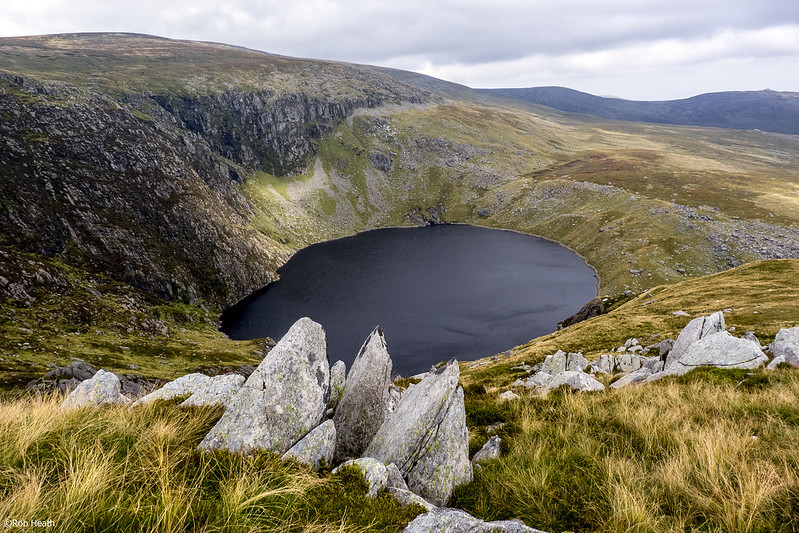
Under the summits of Carnedd Gwenllian and Foel Grach, in the heart of the Carneddau, lies Llyn Dulyn – the black lake. Llyn Dulyn is a source of many legends, one of which is the tale of the Red Altar – a stone at the end of a (now submerged) causeway into the lake. Should a person pour water on this altar, even on the hottest day of the year, it would rain within a day. The below offers a clip from 1973 from the BBC Archive about the folklore and history surrounding this remote area:
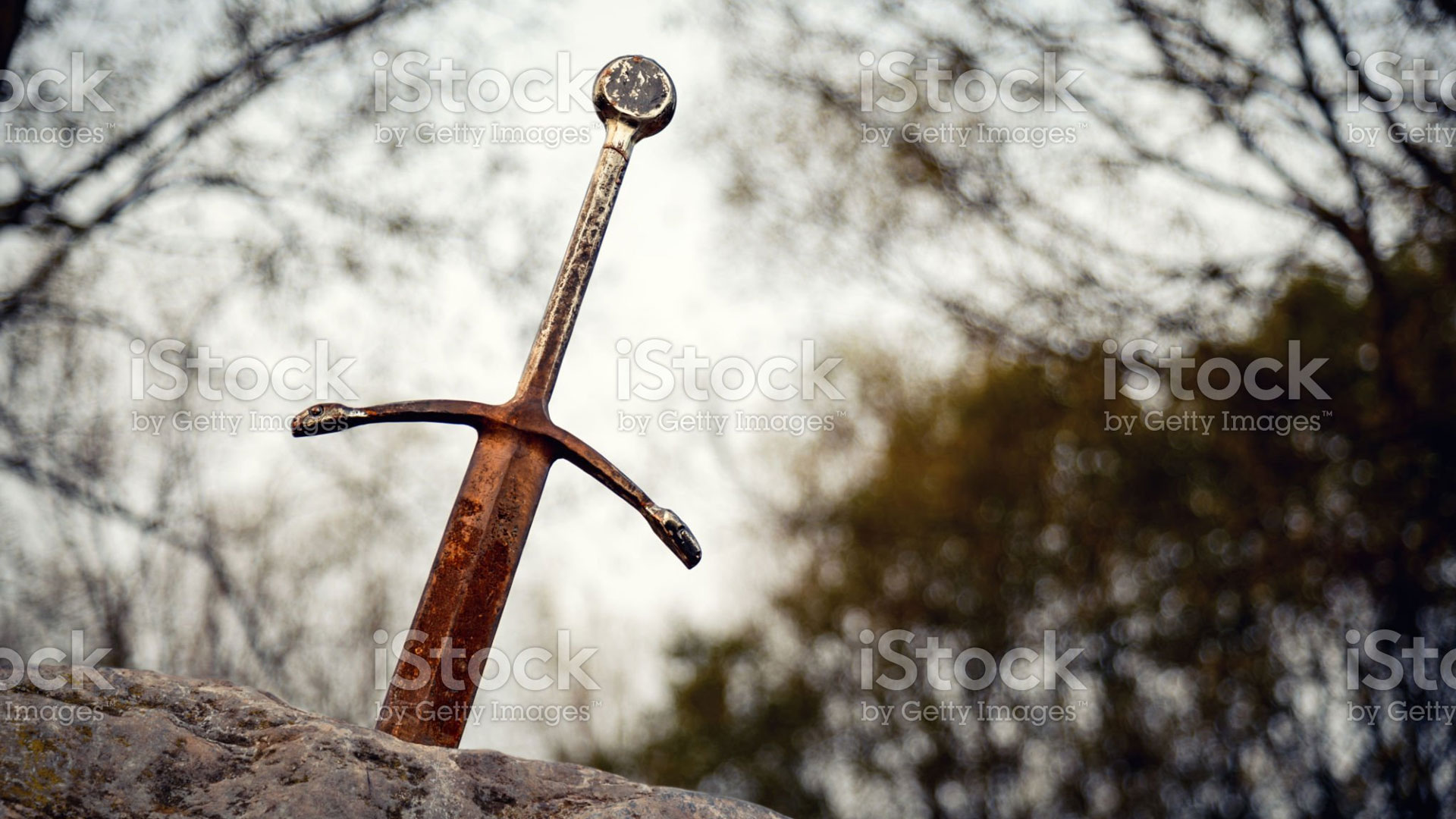
As the story goes, after King Arthur’s final battle, the Battle of Camlann, Sir Bedivere or Bedwyr cast the sword Excalibur into Llyn Ogwen. Grasped by the hands of the Lady of the Lake and taken into the depths where it is said to remain today. The slopes of Tryfan is said to be Sir Bedwyr’s final resting-place.

Llyn Cowlyd is the deepest lake in North Wales, around 75m at its deepest point.
Cowlyd appears in Culhwch and Olwen, one of the stories of the Mabinogion. To win the hand of Olwen, Culhwch has to perform a series of hard, if not impossible, challenges as set by Olwen’s father, the giant Ysbaddaden.
To help him in one of the tasks, his cousin Arthur consults the Ancient Animals, one of whom is the Owl of Cwm Cowlyd. The owl relates the history of its Cwm, its woodlands and the clearance of trees by people.
Gwrachod (Witches)
Witches have featured in folklore and tales across the world for hundreds of years, and this is no different in the Carneddau.

One local tale of a witch features Beti’r Baten who lived in a large oak tree between Betws y Coed and Llanrwst. It was said that she could hear every word spoken of her. One day, she heard of someones plans to burn her tree so she fled from the area. Beti’r Baten wasn’t the only witch to live in the area, a witch named Andrasta was said to have lived above Penmaenmawr. To find out more, watch Penmaenmawr Museum’s video:
Creatures
According to local legends, many wonderful and fearsome creatures are said to reside in the mountains and lakes of the Carneddau.
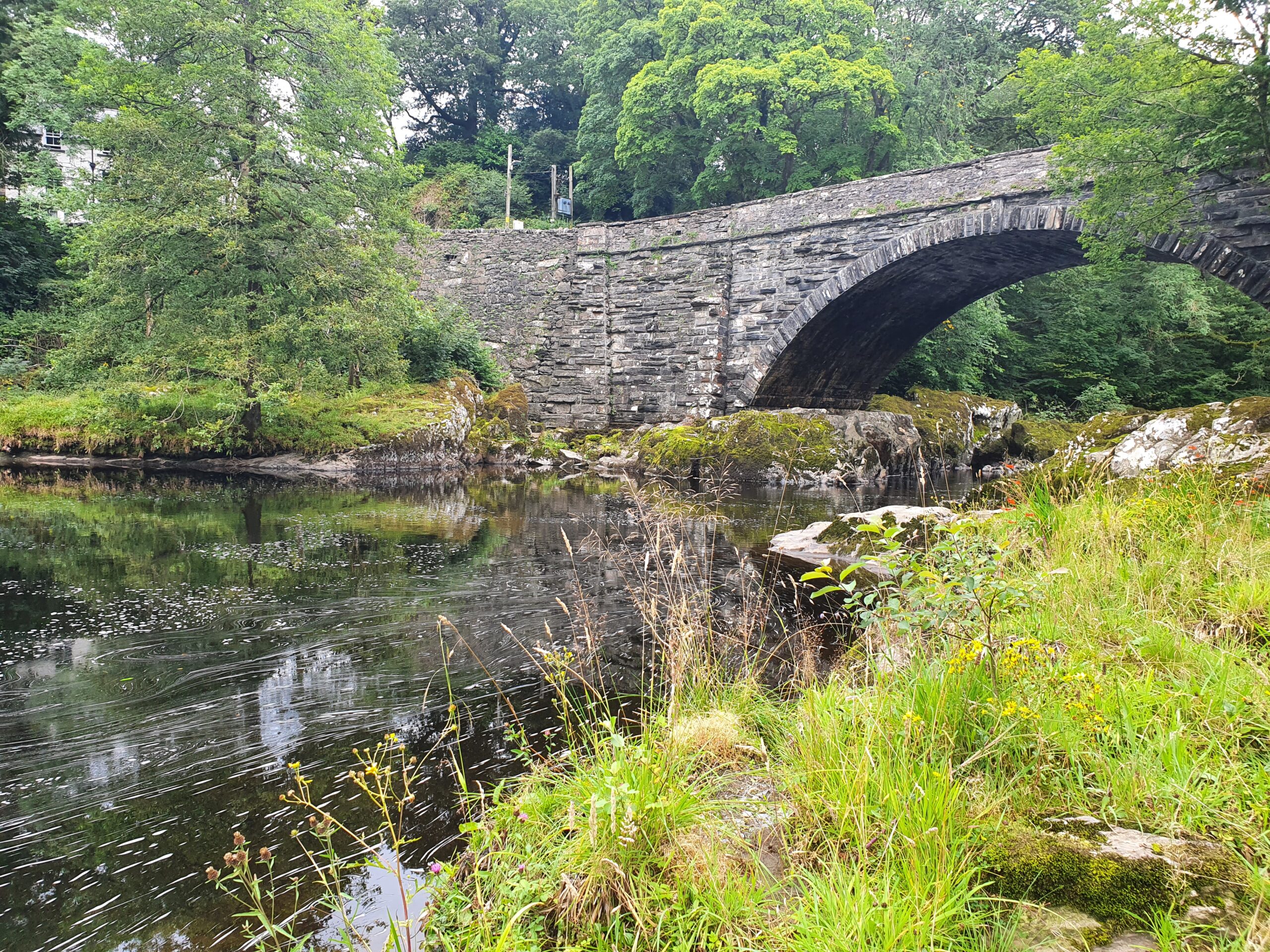
The afanc was once considered a dangerous and frightening creature, often described as having similar features to a crocodile as well as a dwarf-like creature to some. It was a gigantic beast who, when annoyed, was strong enough to break the banks of Afon Conwy and flood the valley. Llyn yr Afanc, a natural pool near Betws y Coed, was named after this creature.
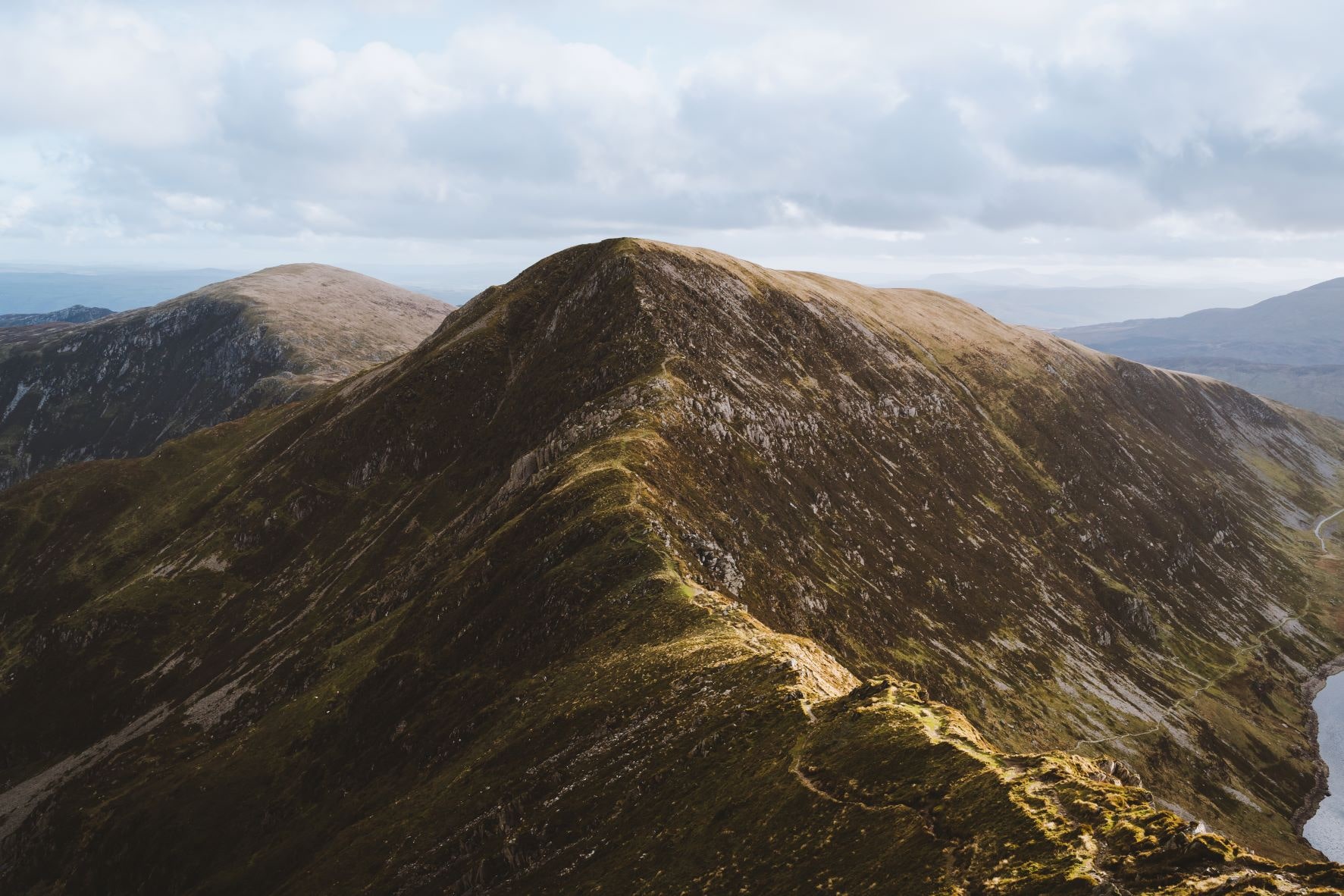
A helgi is a hunting dog. According to a local legend associated with the mountain Pen yr Helgi Ddu, when a witch turned into a hare, only the helgi could capture her. Next to Pen yr Helgi Ddu is Pen Llithrig y Wrach.
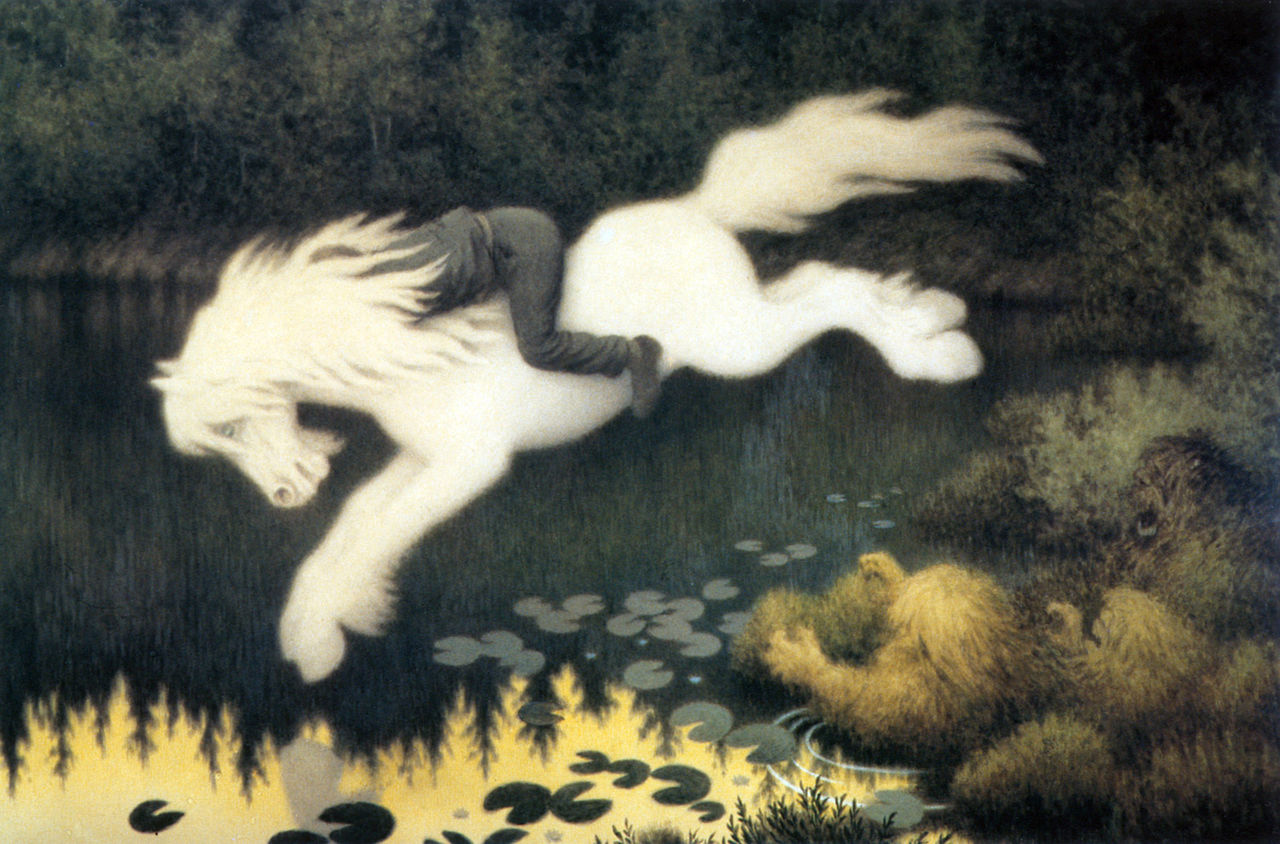
Llyn Cowlyd is reputed to be the home of a water horse (ceffyl dŵr), which can shape-shift and fly. Appearing solid, they can quickly evaporate into mist. The llyn is also home to a water bull with fiery horns and hoofs. According to tradition, solitary walkers near the lakeside have been known to have been dragged into the water to their deaths.
Dragons
Dragons feature strongly in Welsh mythology, and have been used as a national symbol from as far back as the 9th century.
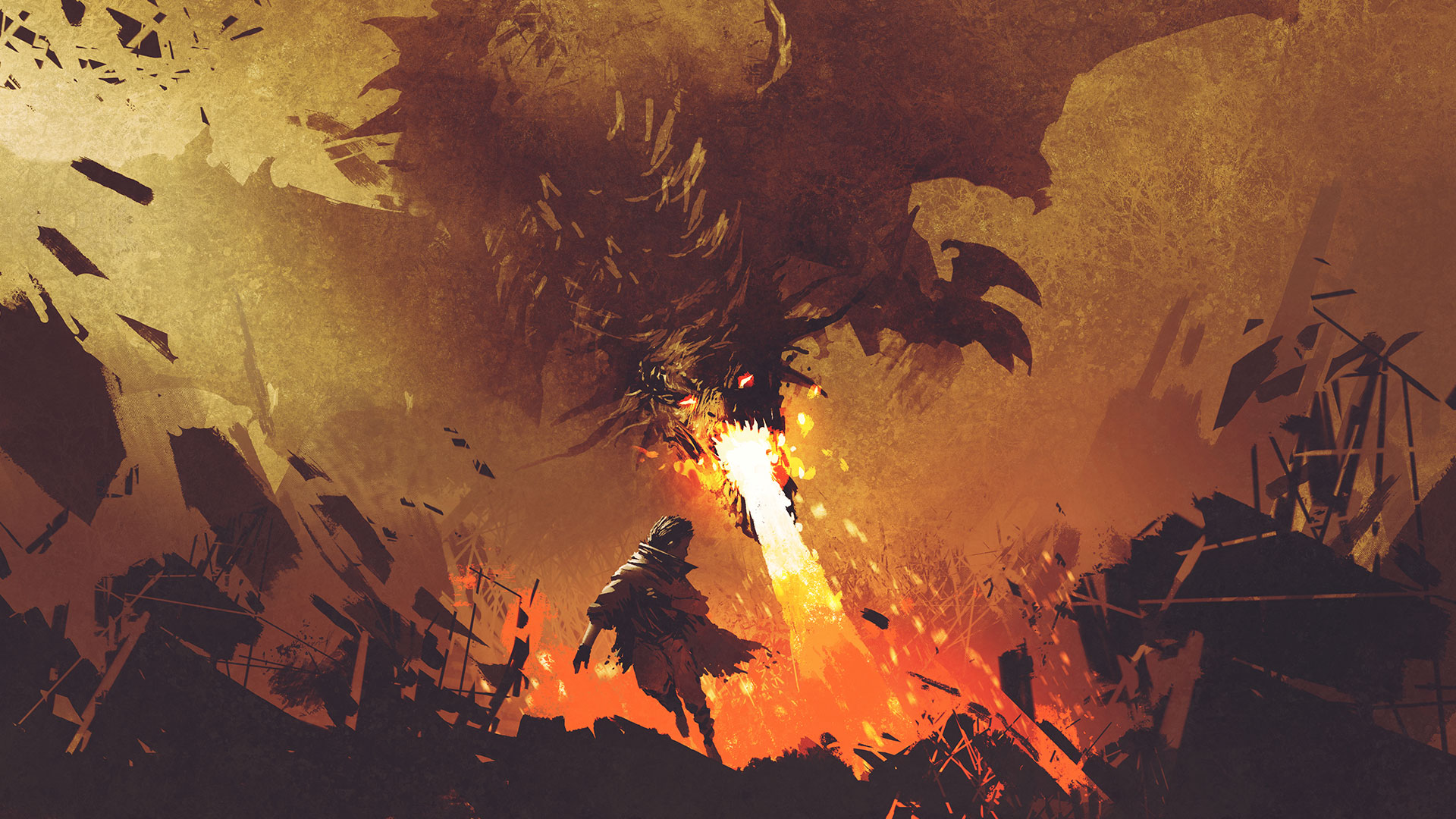
Local legend says that Dolgarrog got its name from a flying dragon called the Carrog. This mythical beast preyed on livestock. So serious were the losses that the farmers went on the hunt armed with bows, arrows and spears.
One farmer, Nico Ifan, refused to go, claiming a dream had forewarned him the Carrog would cause his death. His fellow farmers laid a poisoned sheep’s carcass and the unsuspecting Carrog seized the bait, was caught and beaten to death.
Nico Ifan then came along to gloat over the dead dragon and cursed and kicked the corpse, whereupon the poisoned tooth of the Carrog pierced his leg, fulfilling the death warning in his dream.
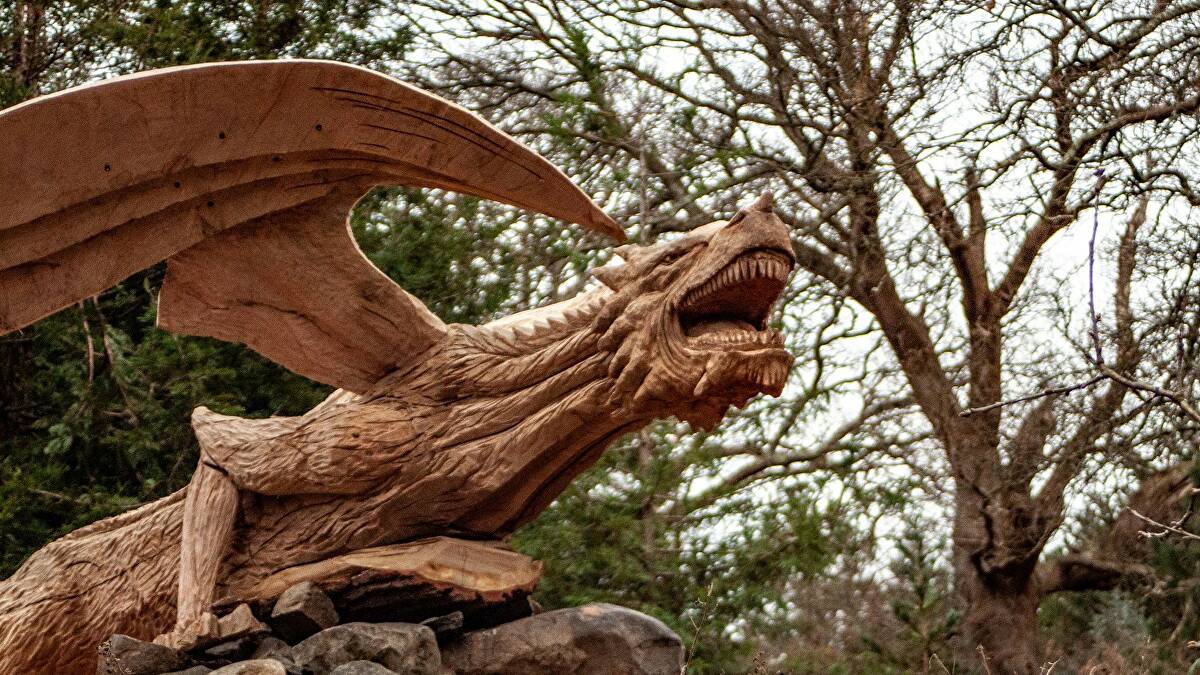
Artist Simon O’Rourke celebrated the red dragon with a wooden sculpture near Bethesda, along the A5. The dragon can be seen from the road as you drive southbound on the A5 from Bangor and continuing up on the bank between the first two exits for Tregarth.
Giants
Although many stories from across the Wales feature giants, from Idris giving the name to Cadair Idris in Meirionnydd to Rhita Gawr, who was killed by Arthur and buried on the summit of Yr Wyddfa, giants also feature strongly in chwedlau from the Carneddau.
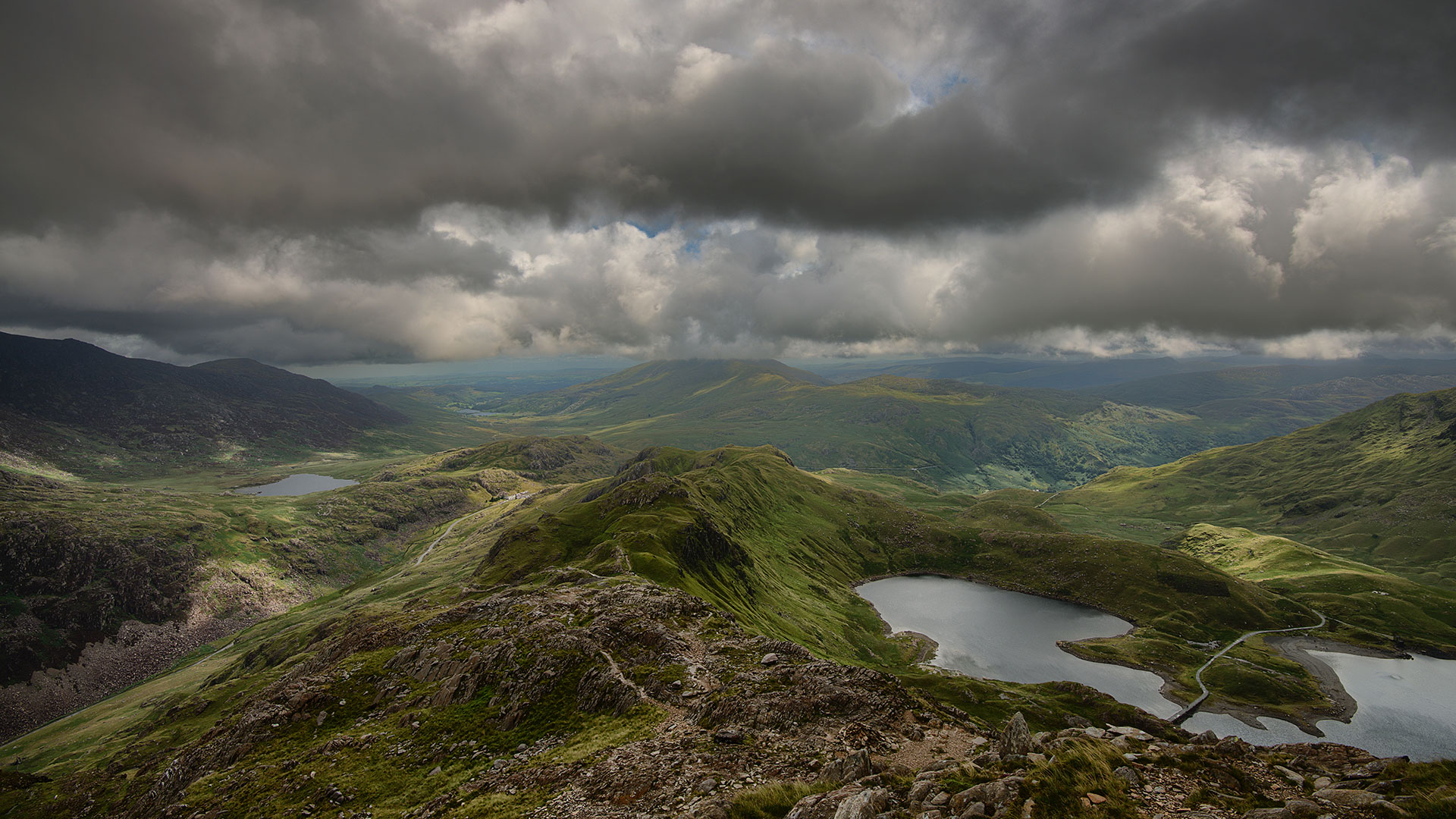
A famous giant who wandered the Carneddau was Ifan Goch. According to legend, he sat on the ledge of Cadair Ifan Goch to cool his feet in the Afon Conwy below. Another version tells how he stood with one foot on Cadair Ifan Goch on one side of the valley, and the other o Pen y Gaer on the opposite side of the valley in order to wash his face in the river.
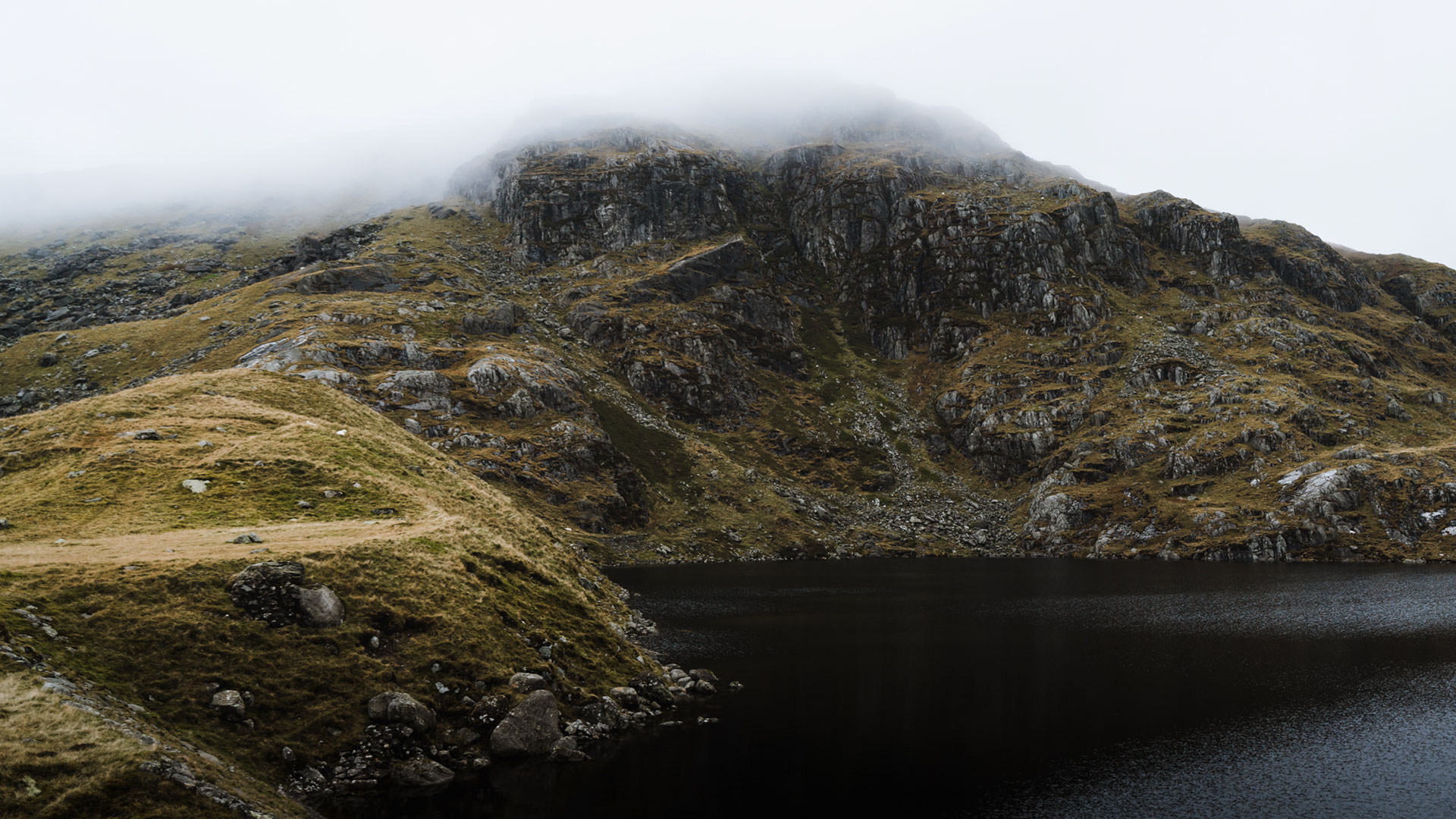
Another famous giant who may have wandered Nant Ffrancon and the Carneddau was Idwal Gawr. He is said to have been buried at Bedd y Cawr in Cwm Idwal.
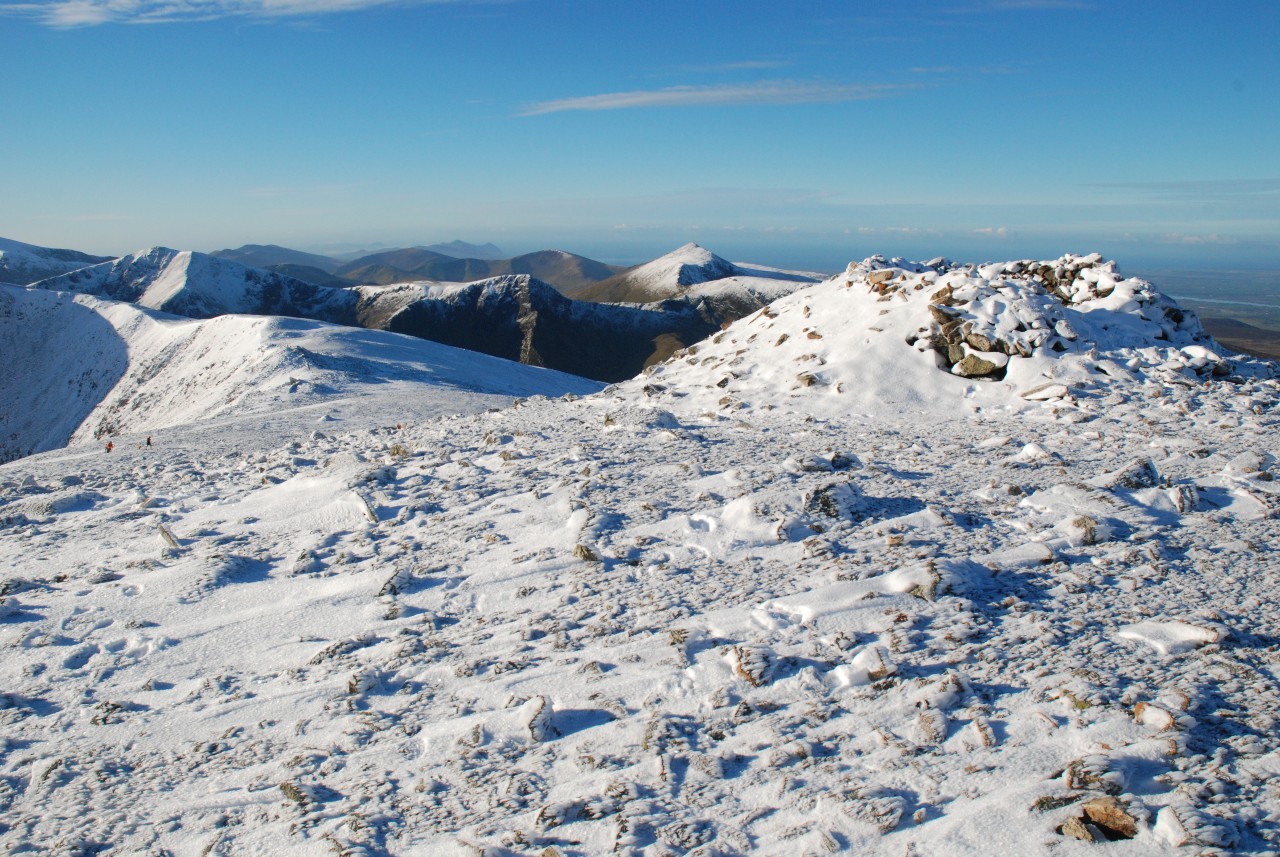
The story goes that a giant and his wife are traveling to Ynys Môn across Bwlch y Ddeufaen, above Llanfairfechan, Upon hearing that the Menai Strait would need to be crossed to get there, the giant carried two huge stones and his wife carried an apron full of stones to build a bridge over to Ynys Môn. Whilst carrying the rocks, they saw a man carrying a sack of old worn shoes. They asked how far they had to go to reach the island and he told them that each shoe he was carrying was worn when making the journey himself. The giant and his wife threw away their stones across the Menai, creating the Barclodiad y Gawres (the Giantess’s Apronful) burial chamber on the island.
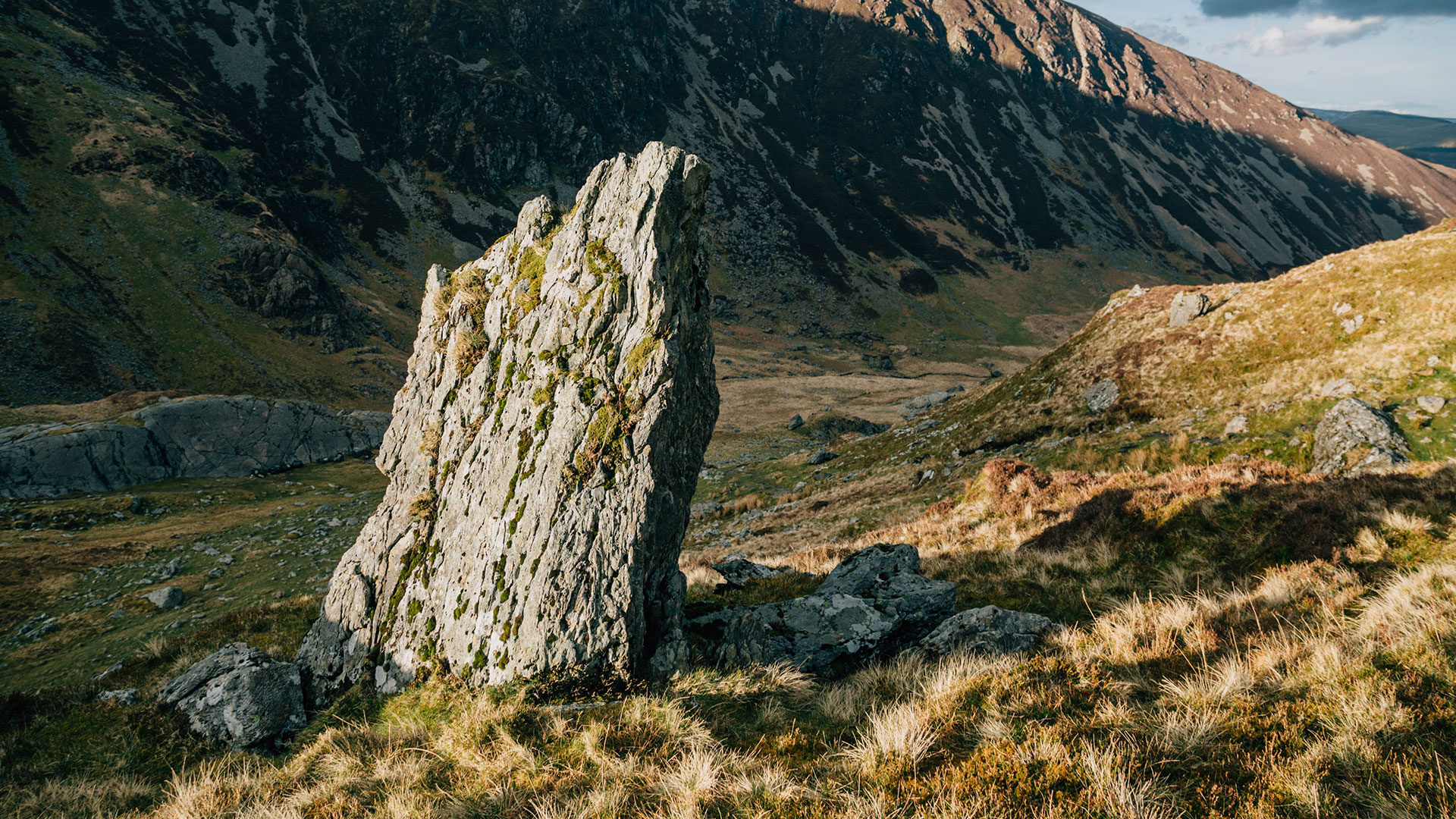
There is another remarkable story about a giant in Nant Ffrancon. It is said that there is a huge stone on the farm land of Penisa’r Nant, on the Llanllechid side of the river which was thrown there by a giant who stood one foot in Cwm Graenog and the other in Cwm Dolawen.
Tylwyth Teg (Fairies)
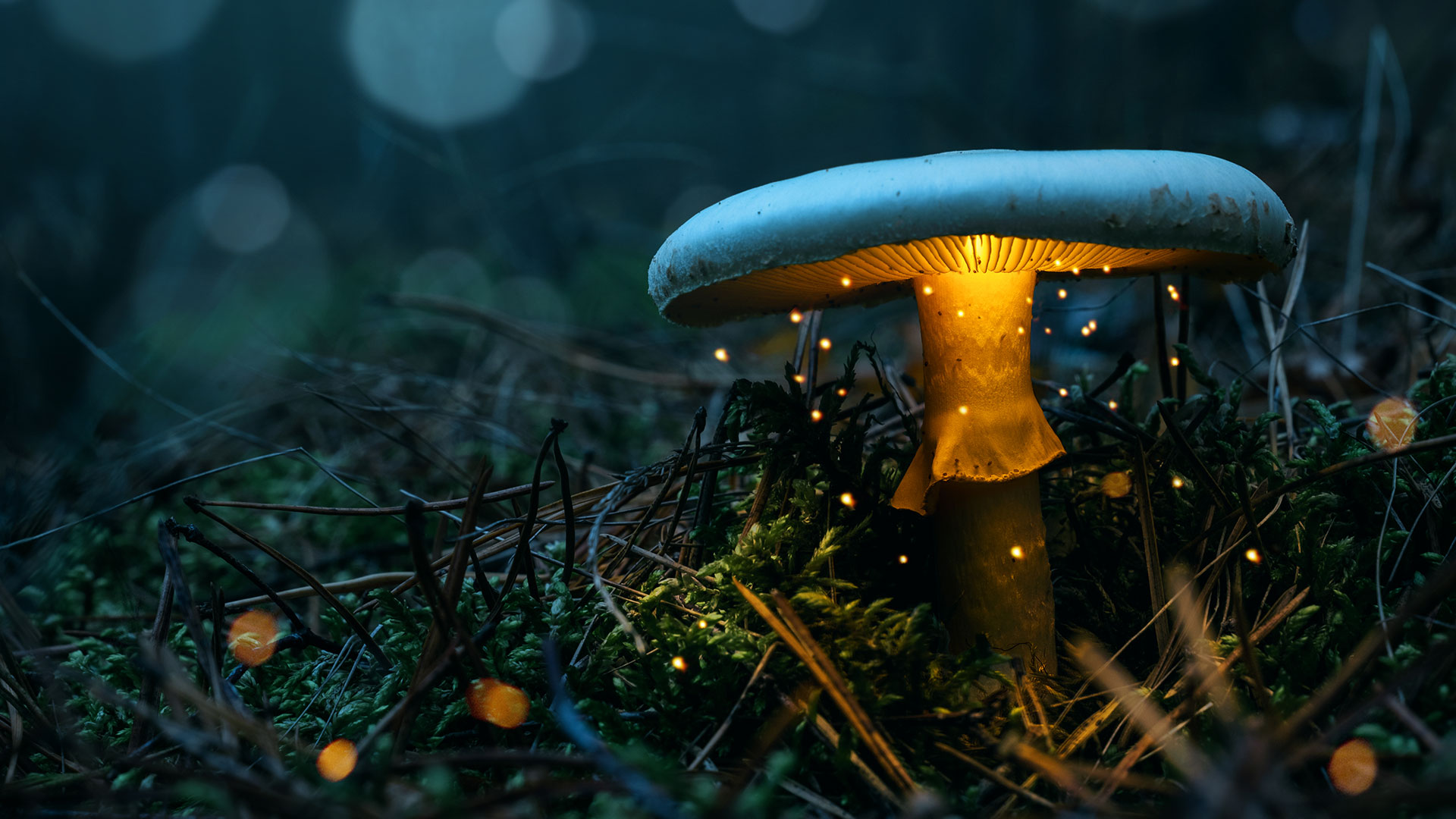
For centuries, it was believed in Wales that the ‘Tylwyth Teg’ would steal human babies and leave their own children, called changelings or crimbilion in their place. One such local legend tells the story of stolen twins.
To identify fairy babies, a wise woman advised women to fill an eggshell with beer and wait to see what the so-called changeling would say about this odd behaviour. In this chwedl, the changelings would exclaim:
Gwelais vesen cyn gweled derwen,
Gwelais wy cyn gweled iar,
Erioed ni welais verwi bwyd i vedel
Mewn plisgyn wy iar.
–
Acorns before oak I knew,
An egg before a hen,
Never one hen’s egg-shell stew
Enough for harvest man.
Upon hearing this, the mother then threw the changelings into the nearest river and both human children were returned before she arrived home.


